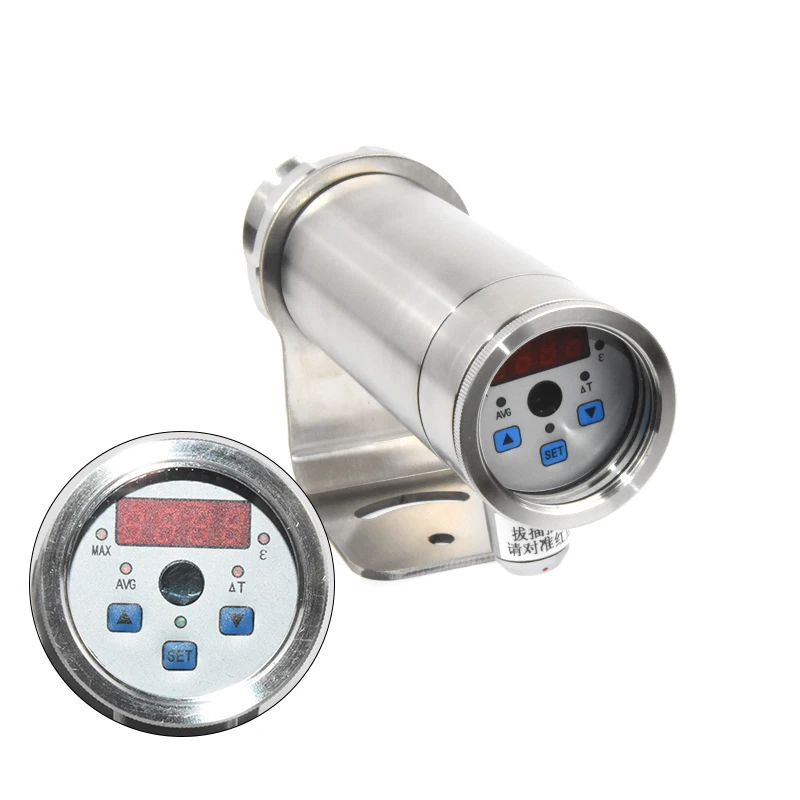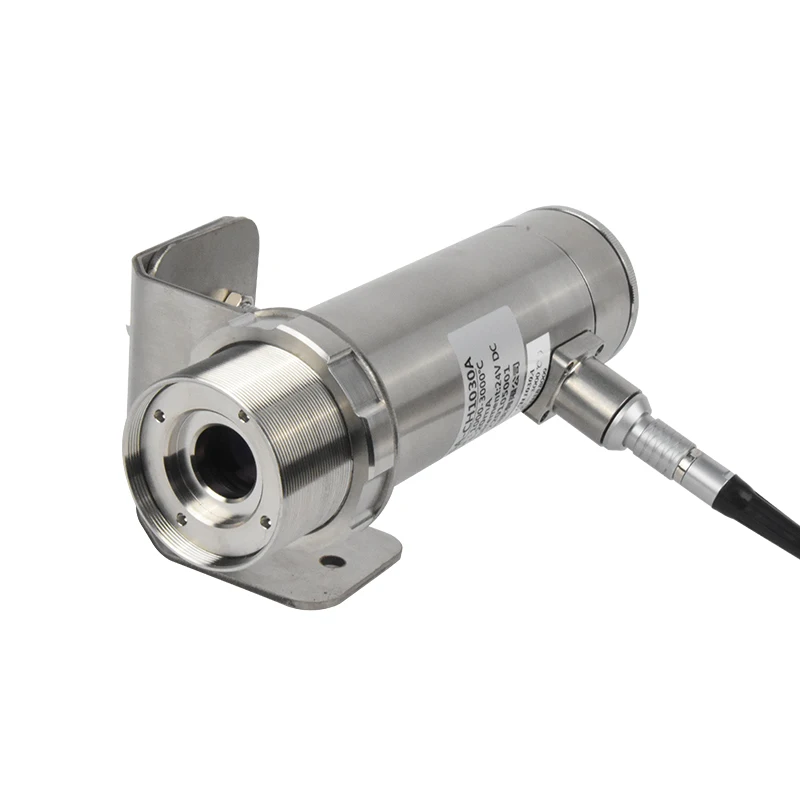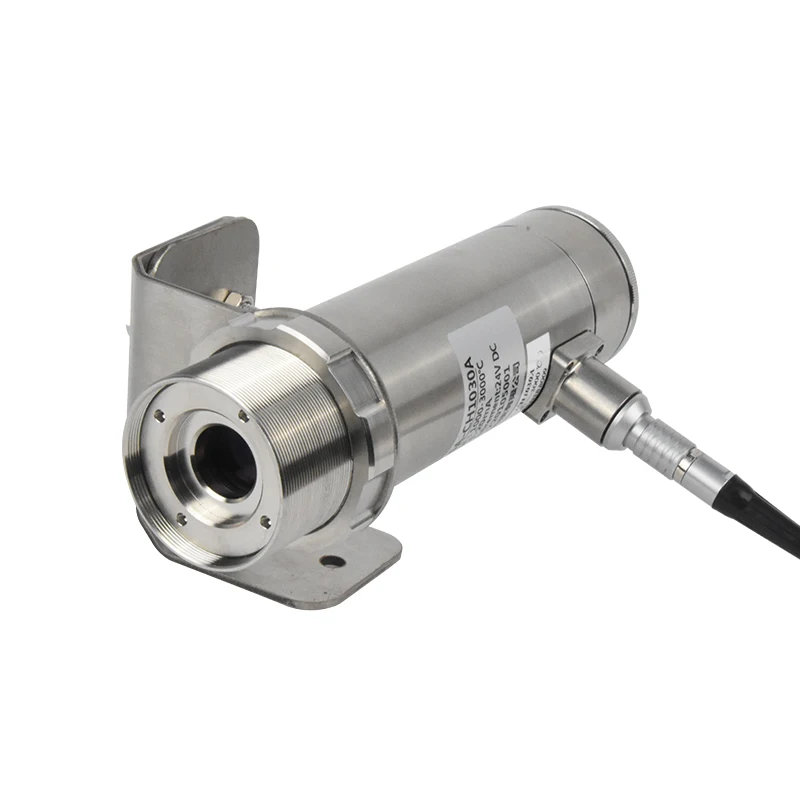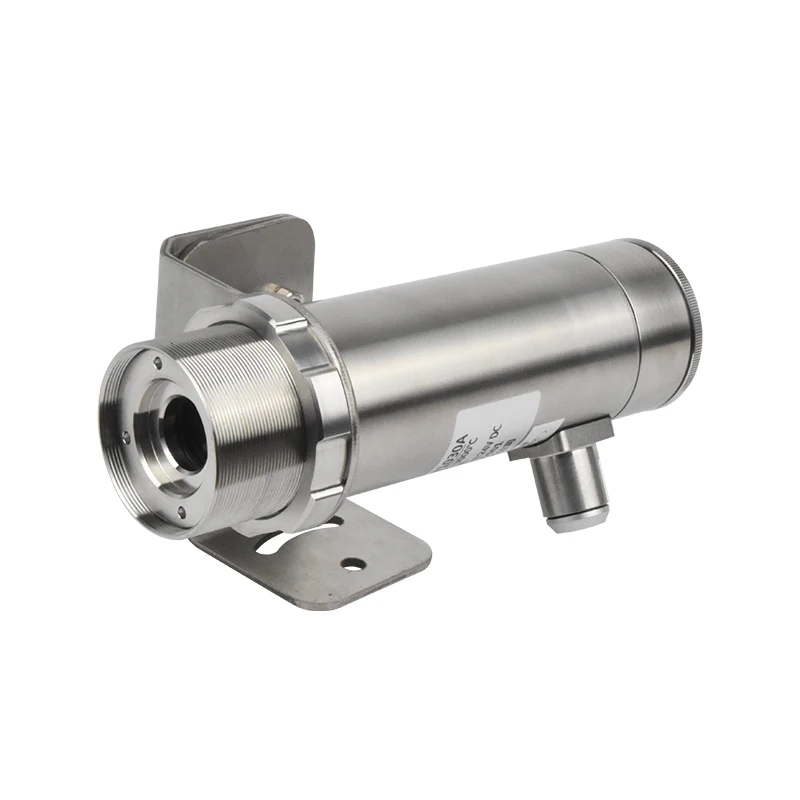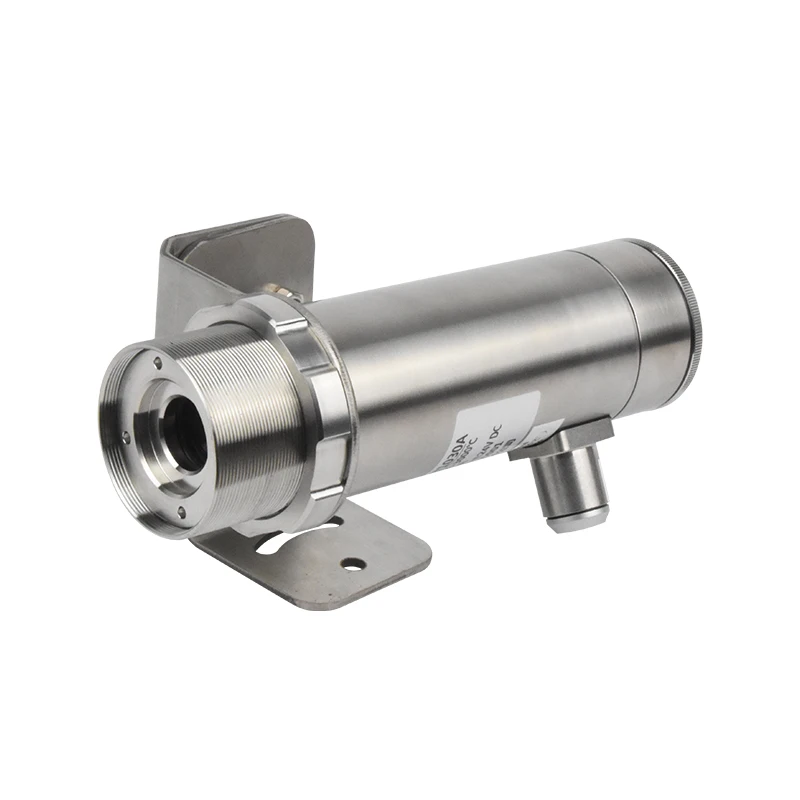Infrared thermometers operate by detecting the infrared light emitted by objects. Infrared light is light that we cannot see, but we do feel it as heat. For instance, when you’re near a warm object you feel the warmth, even if you cannot see the light that it emits. The hotter something is, it emits more infrared light. This light can be detected by a thermometer, which can then use it to determine the heat of an object. This will allow you to record temperature without physical contact which comes in handy for numerous scenarios.
One of the best things about infrared thermometers is that you can measure temperature from a distance. This means you don’t have to touch something that is hot or cold to learn how hot or cold it is. For illustration, to measure the temperature of a patient, a doctor can use an infrared thermometer, without touching the patient. That is super safe and keep everyone healthy!

